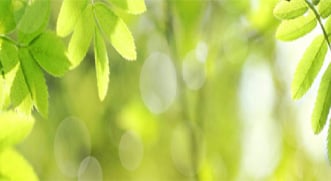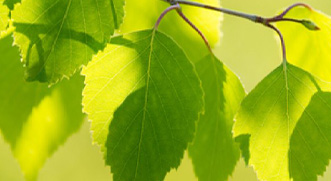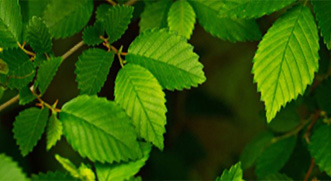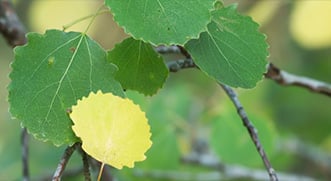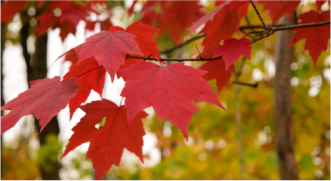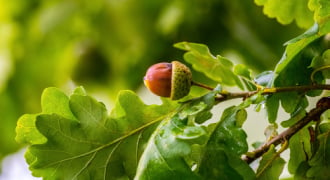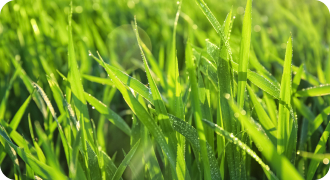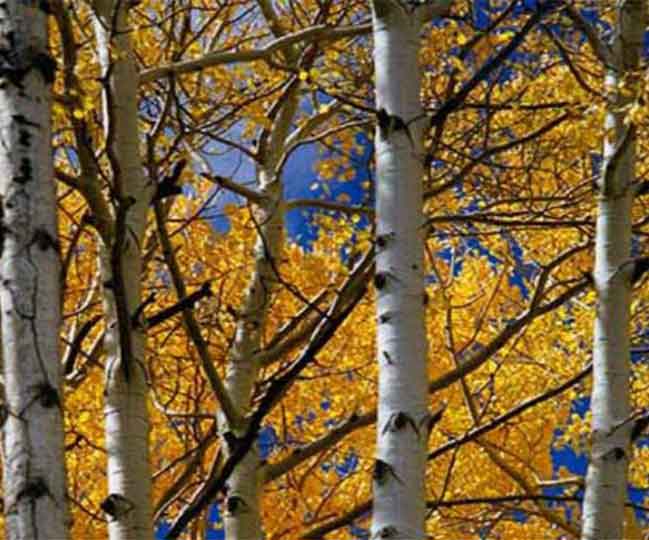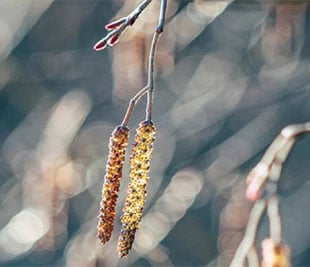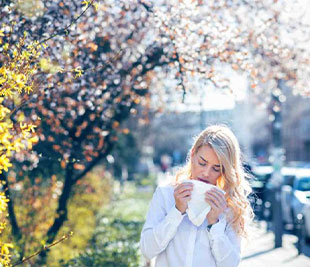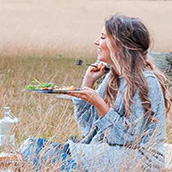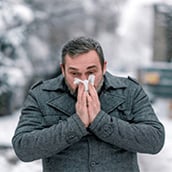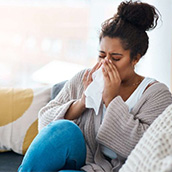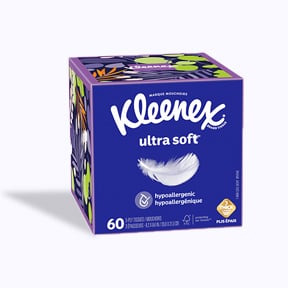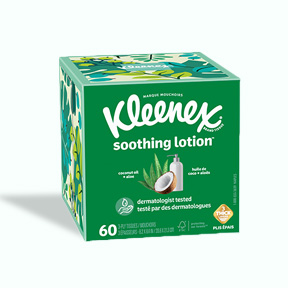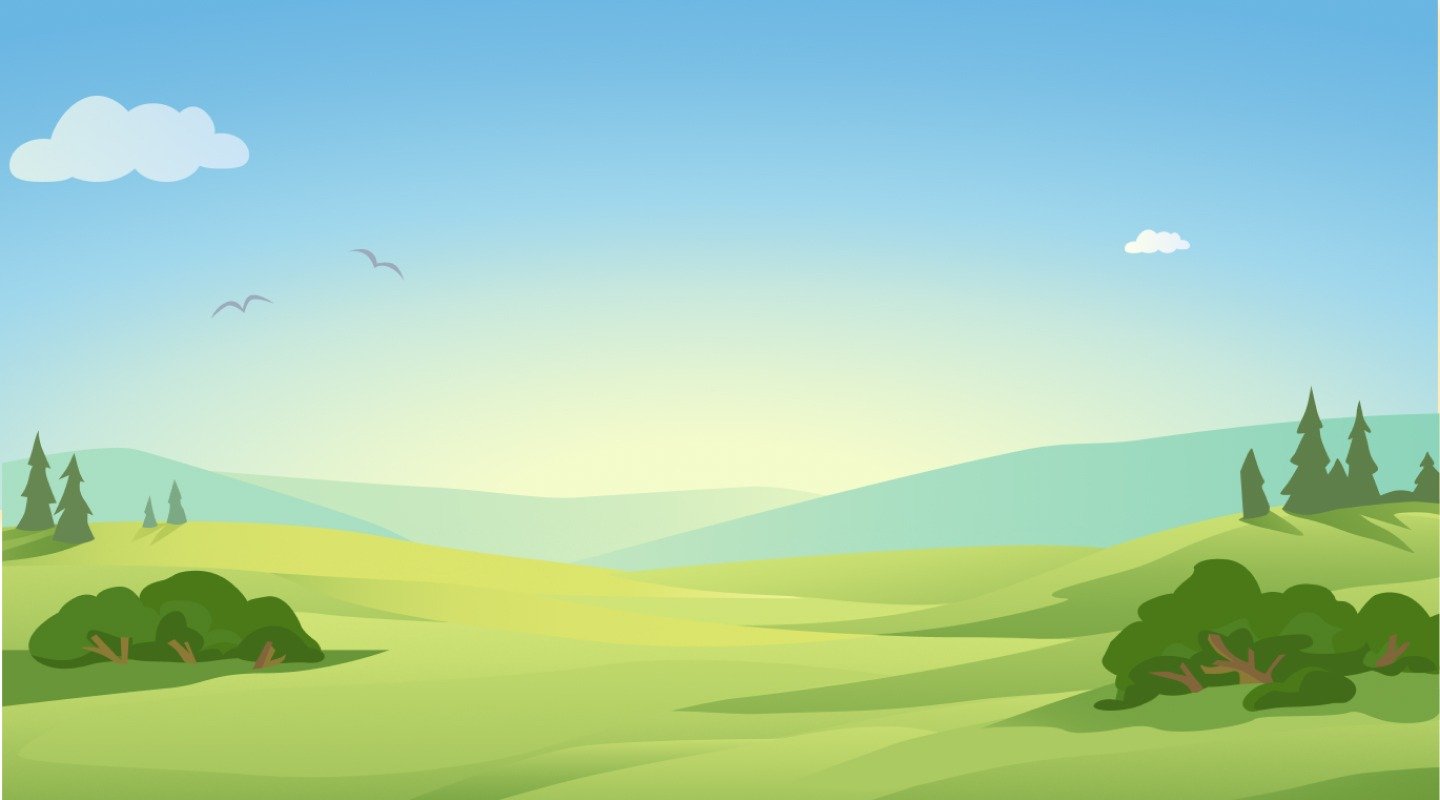


Click here to sign up for alerts
Tap here to sign up for alerts

The pollen forecast for your area
The weather forecast for your area
Discover our hay fever advice and more information about pollen in your area.

Get ahead of pollen with personalized alerts!
Sign up for pollen alertsPollen Count in Vancouver, British Columbia
What is the pollen count in Vancouver today?
Venture outdoors without the worry of pollen irritating your hay fever with our pollen tracker. Enter your postal code above to find the daily pollen count across Vancouver instantly.
Pollen forecast for Vancouver
Whether you’re shopping at Granville Island Public Market or planning a trip to Stanley Park, you can enjoy the great outdoors by checking the daily and weekly pollen count in Vancouver before you leave the house.
Pollen Month-by-Month in Vancouver
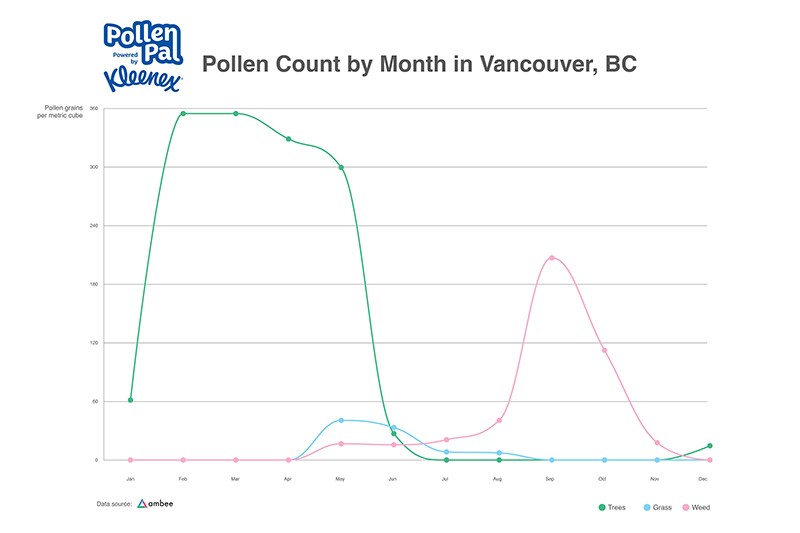
-
January
-
February
-
March
-
April
-
May
-
June
-
July
-
August
-
September
-
October
-
November
-
December
With snow covering most of Canada, this month has a low pollen count. Certain types of tree pollen are beginning to wake up in Vancouver – specifically cedar, hazel, and alder trees. Having trouble distinguishing between hay fever and a winter cold? check out our guide to find out the differences.
Vancouver will begin to feel the effects of tree pollen season as birch, oak, elm, maple and willow tree pollen are added to the mix.
In March, ash, poplar, and plane pollen make an appearance. Hay fever in March rises due to elm, willow, and hazel pollen, which are all reaching their peak production.
April showers annouce grass pollen season with Kentucky grass being the first representative of the season. Mulberry and walnut trees come to life again this month.
May welcomes Kentucky, Bermuda, Johnson, orchard, and Timothy grasses which are evenly spreading pollen across Vancouver. Sycamore trees also begin pollenating in May.
By June, pines, birch and oaks dominate the production of tree pollen. Joining the other grasses is Sweet vernal adding its pollen.
In July, grass pollen is peaking in Vancouver, while the majority of tree pollen production is coming to an end for another year.
The good news is that tree pollen production has peaked with the exception of a few late bloomers, and for Vancouver that means allergy season is coming to a close.
Grass pollen is officially on the decline, which signals that hay fever season is finally winding down. Feel free to take a deep breath without causing any runny noses or itchy eyes – and hope that the sun stays around to enjoy the most of it!
As the temperature falls, so does pollen production. Wet weather can also diminish whatever pollen is left in the air.
Enjoy the changing leaf colours without your eyes watering: November’s pollen count tends to be low.
December brings the first official day of winter in Vancouver, which means traditionally low levels of pollen throughout the month.
Top Causes of Pollen in Vancouver
Trees produce pollen in Vancouver predominantly from February until July. Vancouver’s top tree allergens are Alder, Willow, Poplar, Pine, and Birch trees1. In April grass adds its pollen to the air lasting through July. Luckily, weed pollen has little presence here so while hay fever symptoms begin early, they will also hopefully dissipate soonest.
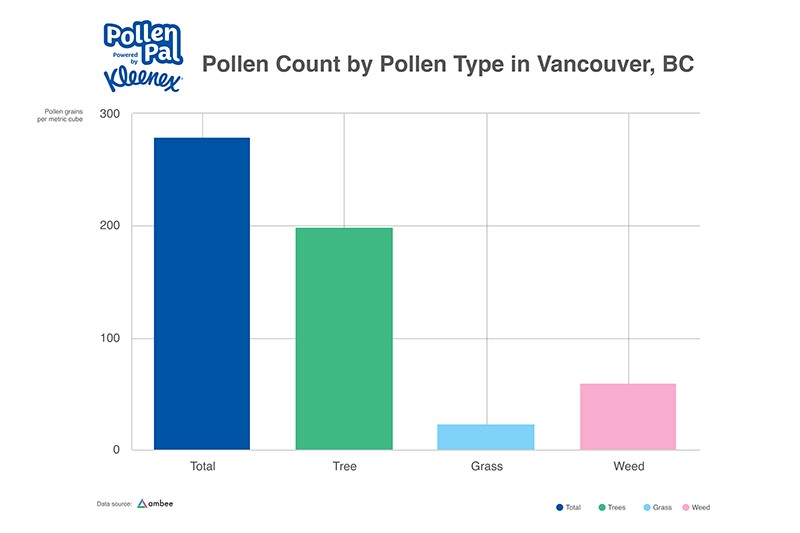
How to Stay Prepared for Vancouver’s Allergy Seasons
- Embrace the season by having a package of Kleenex® Ultra On-the-Go 3-Ply Pocket Facial Tissues handy for whenever seasonal allergies my strike.
- Wear sunglasses to prevent watering by pollen reaching your eyes.
- While out and about wash your hands often to remove pollen.
- Have petroleum jelly handy throughout the season, apply around your nostrils and upper lip to trap pollen.2
- Use a highly protective comfortable mask to sift out pollen and allergens in the air.3
- Upon returning indoors, change your clothes and shower to wash off and remove pollen.
- Nasal breathing exercises are perfect for those looking natural solutions as they have been shown to help those using the standard nasal sprays.4
Pollen Hotspots in Vancouver
Pollen season starts earliest in British Columbia and Vancouver is no exception. Beginning in February, tree pollen continues to impact those of us with hay fever right through July. Keep in mind that there are a few tree outliers that pollinate later in the year, so if you’re headed to VanDusen Botanical Gardens or considering walking the Capilano Suspension Bridge, check in with Your Pollen Pal to learn the pollen levels and plan accordingly. Popular destinations like Stanley Park and Queen Elizabeth Park will also pose a pollen problem during high season so look below for our low pollen suggestions.
Allergy Friendly Activities in Vancouver
When the pollen count in Vancouver starts to rise faster than the price of real estate, it’s time to try a hay fever-free activity! Head to one of the city’s regions with the lowest pollen levels or find fun away from the hay fever instigators.
Indoor Activities
Vancouver may be known for its outdoor lifestyle and breathtaking scenery, but it’s also home to fun indoor activities on days when seeking shelter inside (from the rain or pollen!) becomes a necessity.
- Vancouver Aquarium
- Vancouver Art Gallery
- Science World
- Museum of Anthropology
- Bloedel Conservatory
- Vancouver Public Library
- FlyOver Canada
Food, Drink and Entertainment
Vancouver has a thriving nightlife scene so don’t let the pollen count stop you from exploring the city after dark. Here are just a few suggestions:
- Dinner Cruise
- 2Craft Beer Brewery Tours
- Queen Elizabeth Theatre
- Gastown
- Granville Island Public Market
Getting Outdoors
On high pollen days, the sea will save you. Sunny beaches, boats and even the occasional sea plane are potential ways to get the most of the great outdoors without stuffing up your nose.
- Kitsilano Beach
- Whale Watching
- Vancouver Sea Plane Tour
- English Bay
- Stanley Park
- Capilano Suspension Bridge Park
Sources:
Pollen Levels
The following table shows the risk level for each type of pollen derived by applying NAB guidelines to our data and taking percentile values from the extended season for each type of pollen.
Severity of pollen is dictated by the PPM number, which stands for Pollen Grains Per Cubic Metre. The weather and time of day can also be a big factor when it comes to how the pollen count can affect you. As pollen falls to the ground when the heat dissipates during the evening, this can mean your seasonal allergy symptoms get worse and is why many allergy sufferers have worse symptoms in the night. On rainy days, you’ll find your allergy symptoms are easier to manage as rain tends to wash pollen away.
- Low
- Moderate
- High
- Critical
Tree Pollen
- 0-95
- 96-207
- 208-703
- 704+
Weed Pollen
- 0-20
- 21-77
- 78-266
- 267+
Grass Pollen
- 0-29
- 30-60
- 61-341
- 342+
Types of Pollen
We’ve taken a closer look at the types of pollen out there to help you narrow down which ones will have you reaching for the tissues.
Show Allergy Season Who’s Boss
Looking for more info on seasonal allergies and symptoms? Check out our latest articles to help you put pollen allergies in their place.
Find Comfort From Allergies with Kleenex®
Seasonal or not, allergy symptoms can take a heavy toll on you. Let Kleenex® facial tissues help relieve some of those symptoms.
View all products
Frequently Asked Questions
- Local Pollen traps, where available.
- Weather data and other anthropogenic factors.
- Vegetation related data around your region.
A tree pollen level above 50 is considered high, while one to 10 is considered low. Be sure to check your local pollen count before venturing outside and plan accordingly.
 Get Pollen Alerts
Get Pollen Alerts
